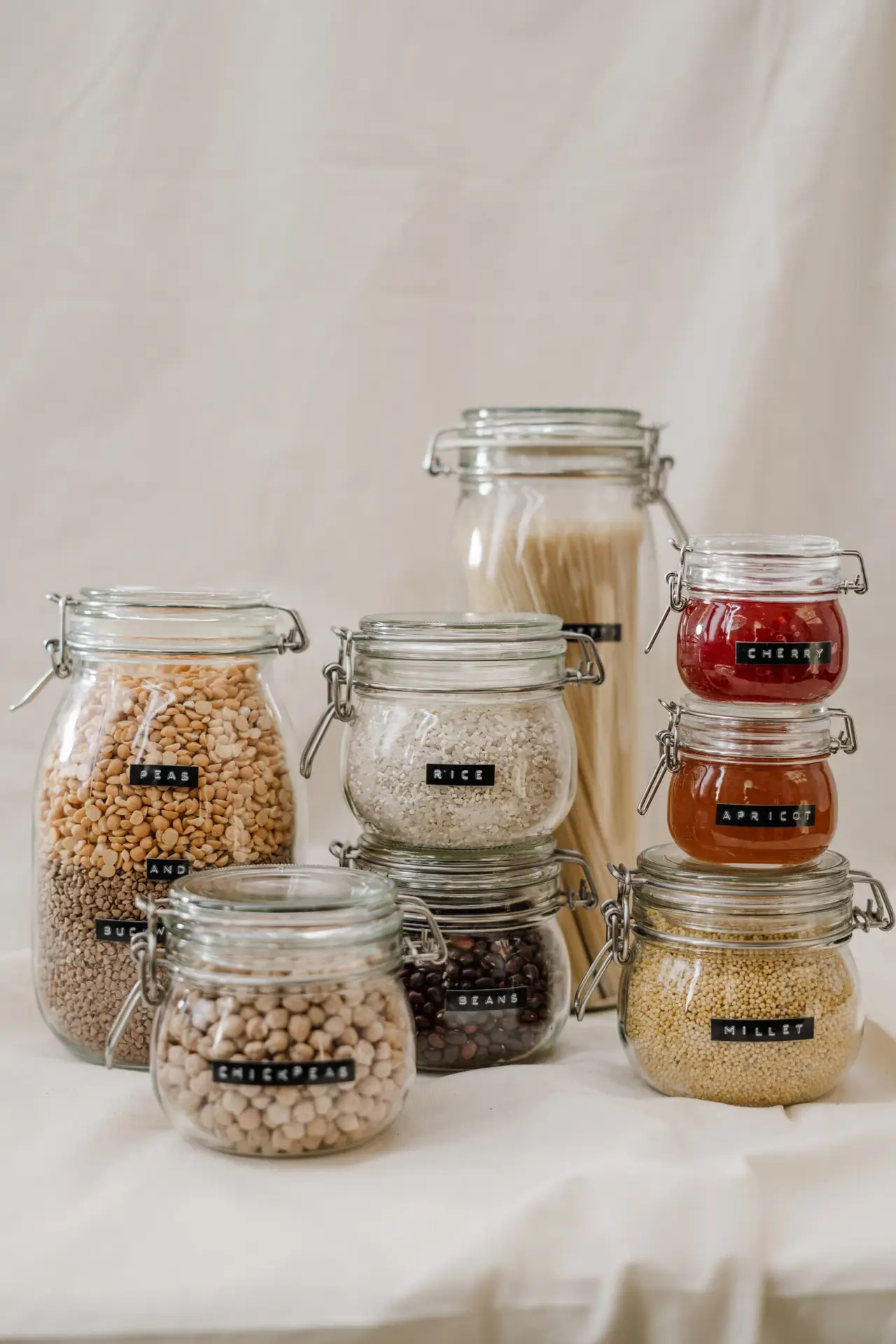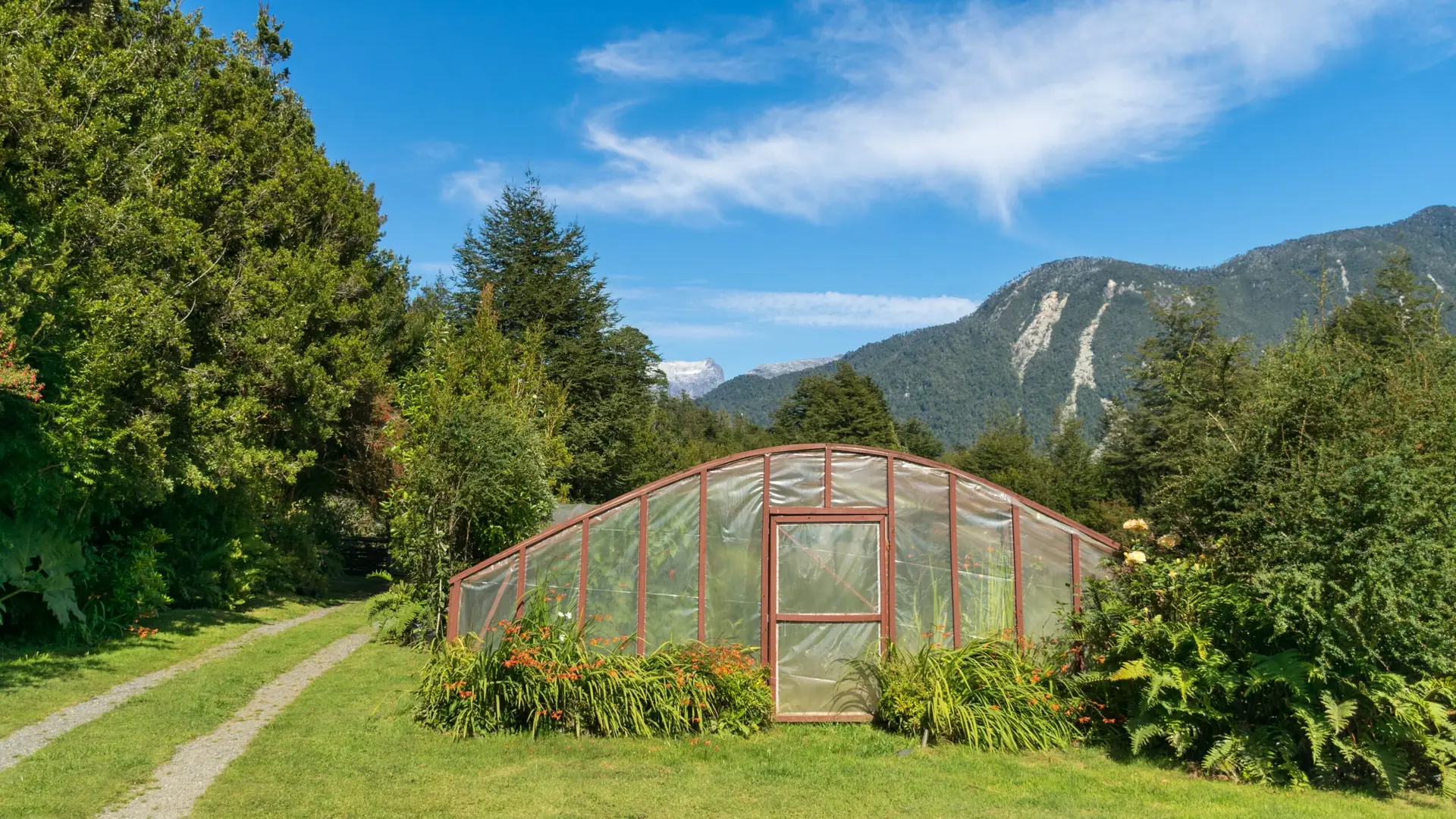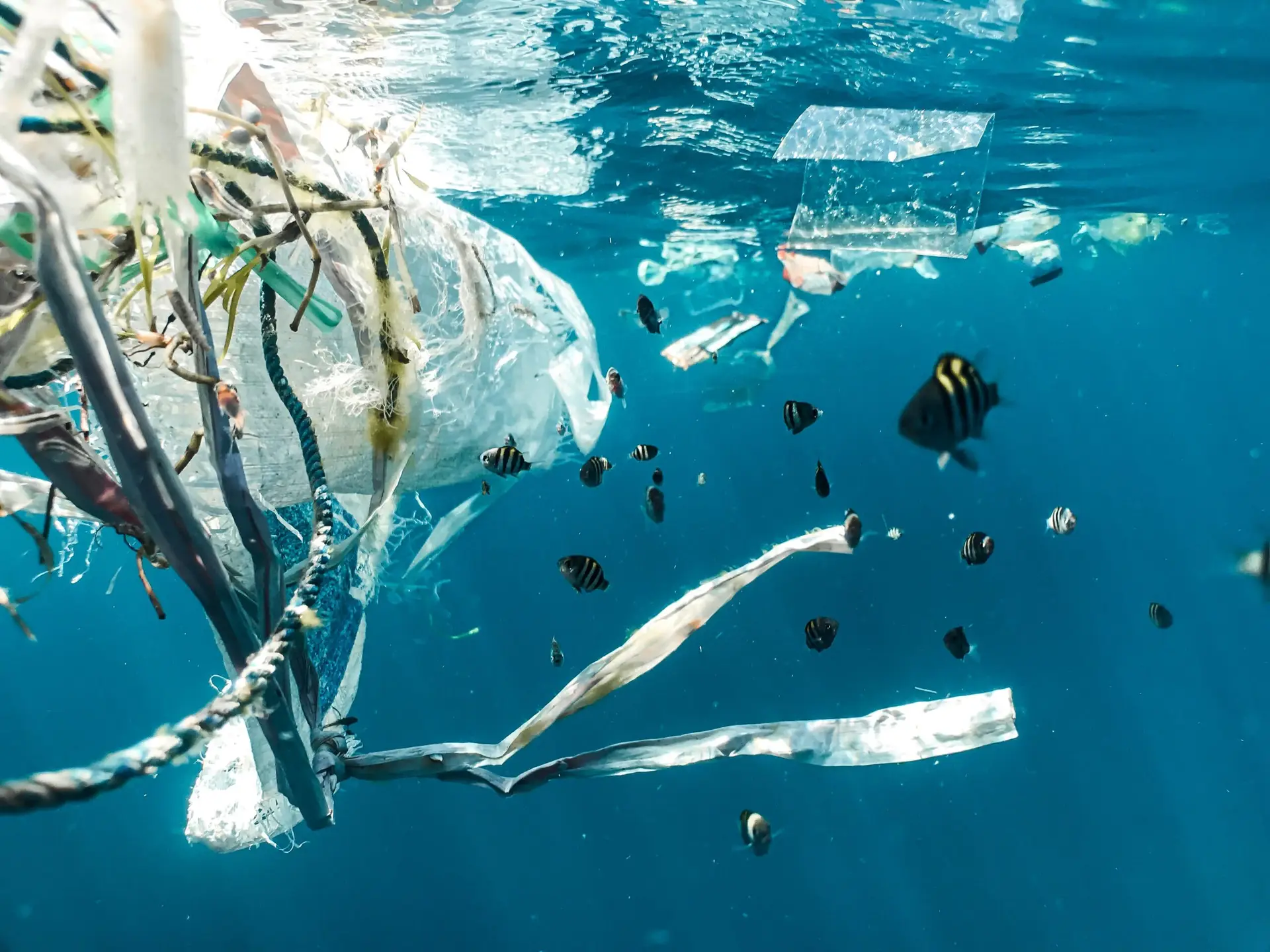Vultures sit on skyscrapers
Watchin’ for the ones who fall down first
Everything you want in 24 hours
But nothin’ you need
Cracks in the pavement, scorpions
Abandoned retail emporiums
Amazon Prime, the new world power
As long as it’s cheap
[…]
In this concrete jungle
We make our homes in city walls
You know we gotta run so wild
To keep up with this lifestyle– Concrete Jungle by Au/Ra
Now that we’re aware of BOM’s existence and purpose, another question might arise: why should one even bother to change or reconsider their diet? We could live our lives just as we used to, because in the end, it is the easiest and most comfortable option – as long as we are in a state of unawareness.
Individually, we may think that we are not responsible for the current environmental, climate, and biodiversity crises – and it is debatable to which degree the individual can be held responsible compared to large corporations and international business. So, again, why is it or could it be important to know how to take sustainability into account in our diet?
To answer this question, we could discuss the concept of demand and supply, which demonstrates our power if we see ourselves not only as isolated individuals but as individuals forming a community and society. For example, a massive rise in veganism over the last years has forced food supply chains to change and increased the amount of vegan options to be found at supermarkets or restaurants. But this still leaves us with one factor: People don’t change if they feel forced or obligated to do so, but only if they want to. At least if we’re talking about long-lasting, enduring changes of habits.
To get back to our example from earlier, people are becoming vegan because they want to, because they care about something (be it the animal welfare, their own health, …) that drives them to make this change. So the real question for this article is: How can individuals start caring about the environment again and can this change of heart be encouraged?
In order to start noticing what’s happening in nature, we need to reconnect with it. As many modern-day people are living in concrete houses far away from forests, mountains or the sea, it is easy to forget that humans used to spend their entire lives out there. This is despite the fact that we as the human species have been living in cities of a million people only for the last 1% of our time here on Earth.
Japanese medical professionals already remembered our origins in the 1980s when they began prescribing shinrin-yoku, which translates to forest bathing. The idea was to allow people to get away from the technology-drenched Japanese cities while developing the citizen’s desire to protect the forests. Shinrin-yoku, which can be a simple mindful walk through a forest, is actually a form of what we define today as “ecotherapy”, also known as environmental medicine.
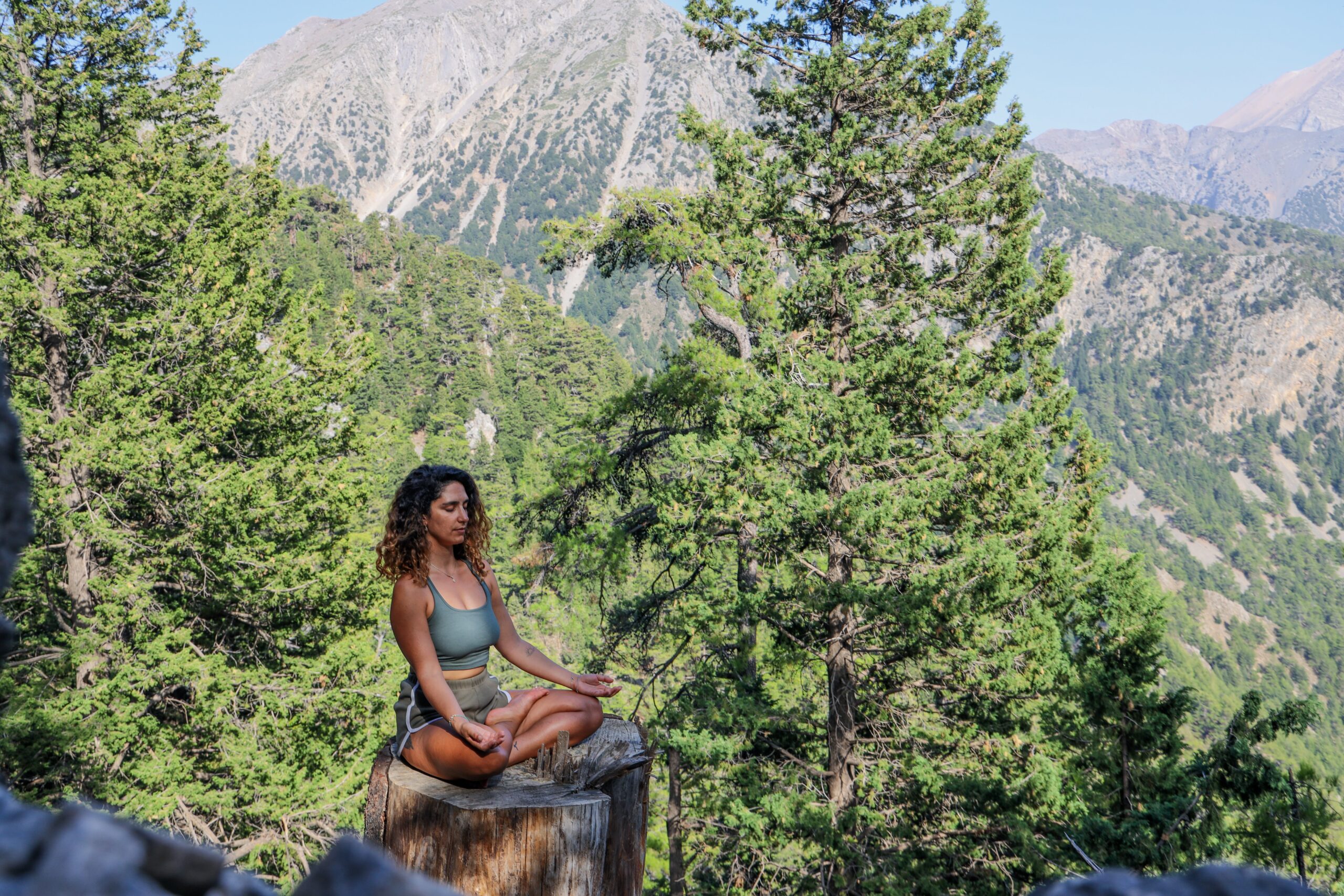
Although there is still need for further research, there are several reviews and meta-analyses stating that forest bathing significantly reduces the level of the stress hormone cortisol, blood pressure and anxiety while increasing the activity of our immune system and physiological defense mechanisms.
Forests are not only a place to relax, though, but also a place to learn. Are you aware that in forests, until this very day, plants grow that you can safely include in your diet? Many of us have become so detached from nature that this fact doesn’t even cross our mind anymore – while it was necessary for the survival of our ancestors.
During fall, one of the first things that will strike your eye are fungi and mushrooms – and you can eat plenty of them! However, as many of them can be toxic, it is advisable to start learning foraging with an expert or a friend who has more experience. Foraging in a team also has the plus of experiencing funny moments and simply having a good time. Talking from personal experience, you may ask your experienced foraging friend if the mushroom you’re holding is edible and get such playful answers as “Of course, it’s edible. All mushrooms are…. at least once.”
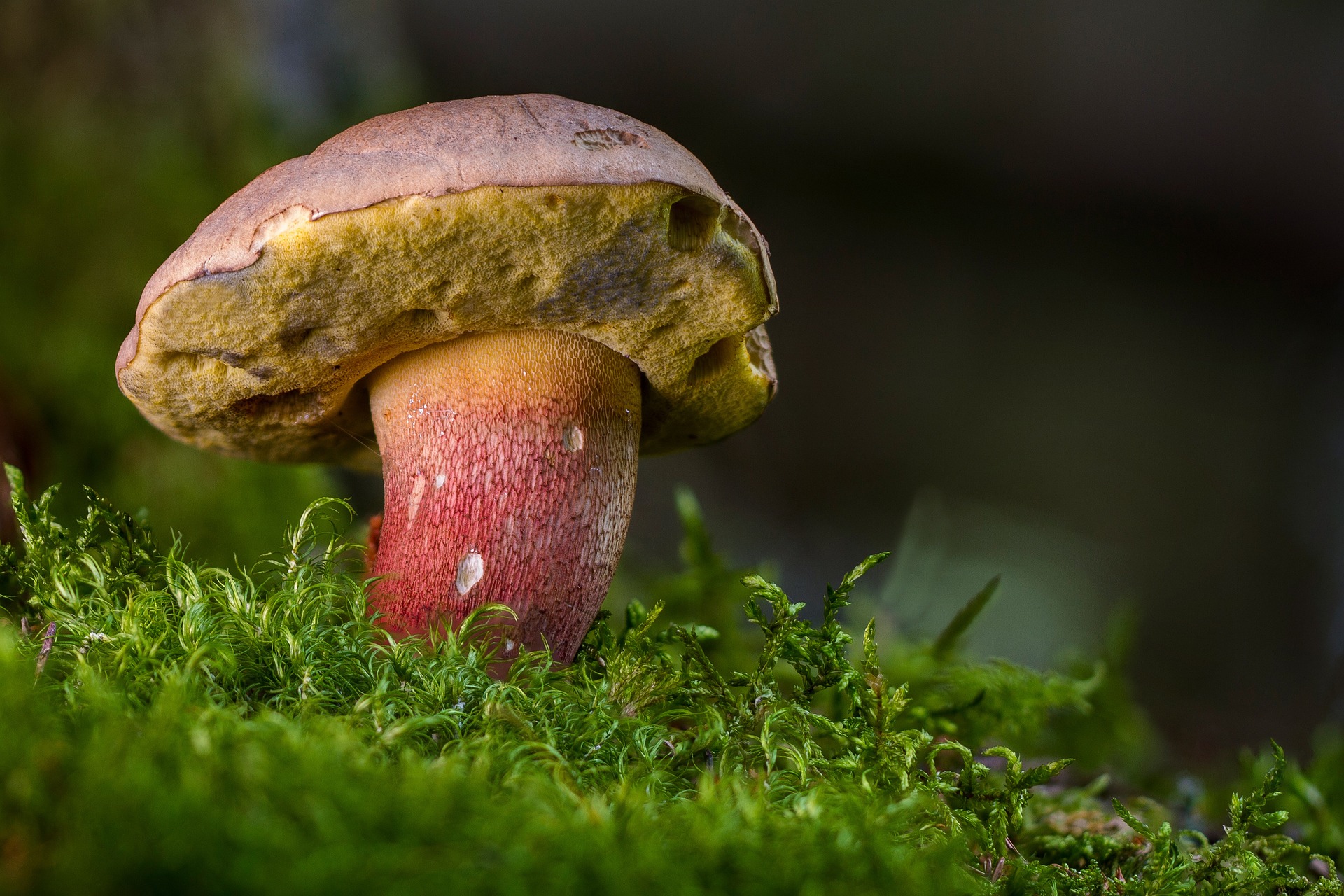
But your foraging adventure won’t stop with mushrooms, and of course also depends on the season you choose. It’s two months until spring on the Northern Hemisphere, so spring plants are waiting just around the corner (well, almost). Did you know that there is wild garlic? It’s also called ramsons, cowleek, wood garlic, Eurasian wild garlic or bear’s garlic (Allium ursinum). Native to Europe and Asia, it is a wild relative to garlic and onions and grows during spring in areas of the forest where sunlight barely reaches the ground.
It could be confused with other similar but toxic plants, however, if you know what to pay attention to it is actually very easy to identify. Wild garlic grows, to be precise, from april to may, while its toxic counterparts, lily of the valley (Convallaria majalis) and autumn crocus (Colchicum autumnale), grow during different times of the year. These two do not smell like garlic – unlike wild garlic, which the name surely gives away. There are more characteristics which make identifying wild garlic even easier, such as its blossom, leaf shape or roots.
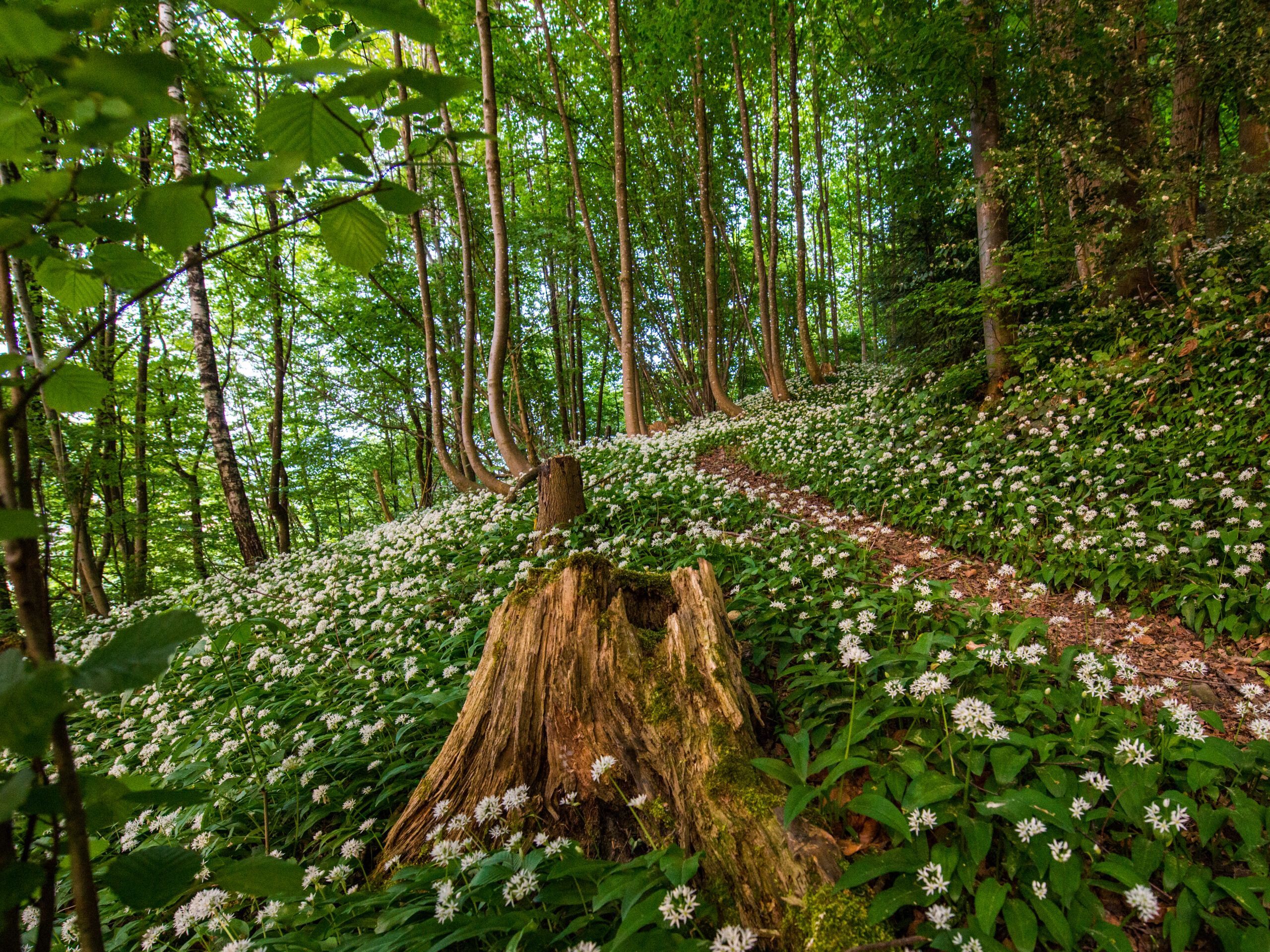
After a day of collecting wild garlic, you can make an incredibly tasty, creamy wild garlic soup of its leaves, for which you can find recipes online very easily. For this, you could check out the recipe list on BBC Good Food or this article on The Guardian). A personal favourite is making wild garlic cream soup or a herb dip for freshly baked bread.
Wild garlic isn’t by far the only edible plant in forests. There are the urticas, one of its most famous species also called burn nettle or stinging nettle. Its seeds are a great source of protein and its leaves are also edible. In order to collect it, just take some paper, wrap it around the plant, move the paper from the plants’ top to its bottom and you will be safe to touch the plant as this breaks the tiny, stinging hairs on the bottom side of the leaves which are the culprits of burning our skin. You could even do this with your bare hand as you can see in this YouTube tutorial.
Worthy of mentioning and without implying any risk of getting burned are also dandelion, from which you can even make vegan honey”, or syrup, daisies, ground-ivy (glechoma hederacea), ribleaf (plantago lanceolata), or also the wild carrot (daucus carota subsp. carota).
Obviously, one should always stay cautious while collecting plants in the forest, be it mushrooms or not. Some could have a toxic lookalike, just as the wild garlic does, and also you may consider to avoid collecting plants close to roads or where people commonly walk their dogs, especially the latter surely requires no further explanation. With time and practice, collecting food in the forests will just come easy.
If you ever desire to start learning which plants are edible in forests and how to collect them, but you do not know how and don’t want to do it alone, check out the webpage of any local environmental organization from where you live, as it is quite common for them to offer activities and workshops covering this topic. There are also online guides where you can independently learn about foraging, such as the monthly Essential Foraging Guide of the Woodland Trust UK. Also, you can let AI help you out with identifying plants and download apps like PlantNet, PictureThis, or PlantSnap.
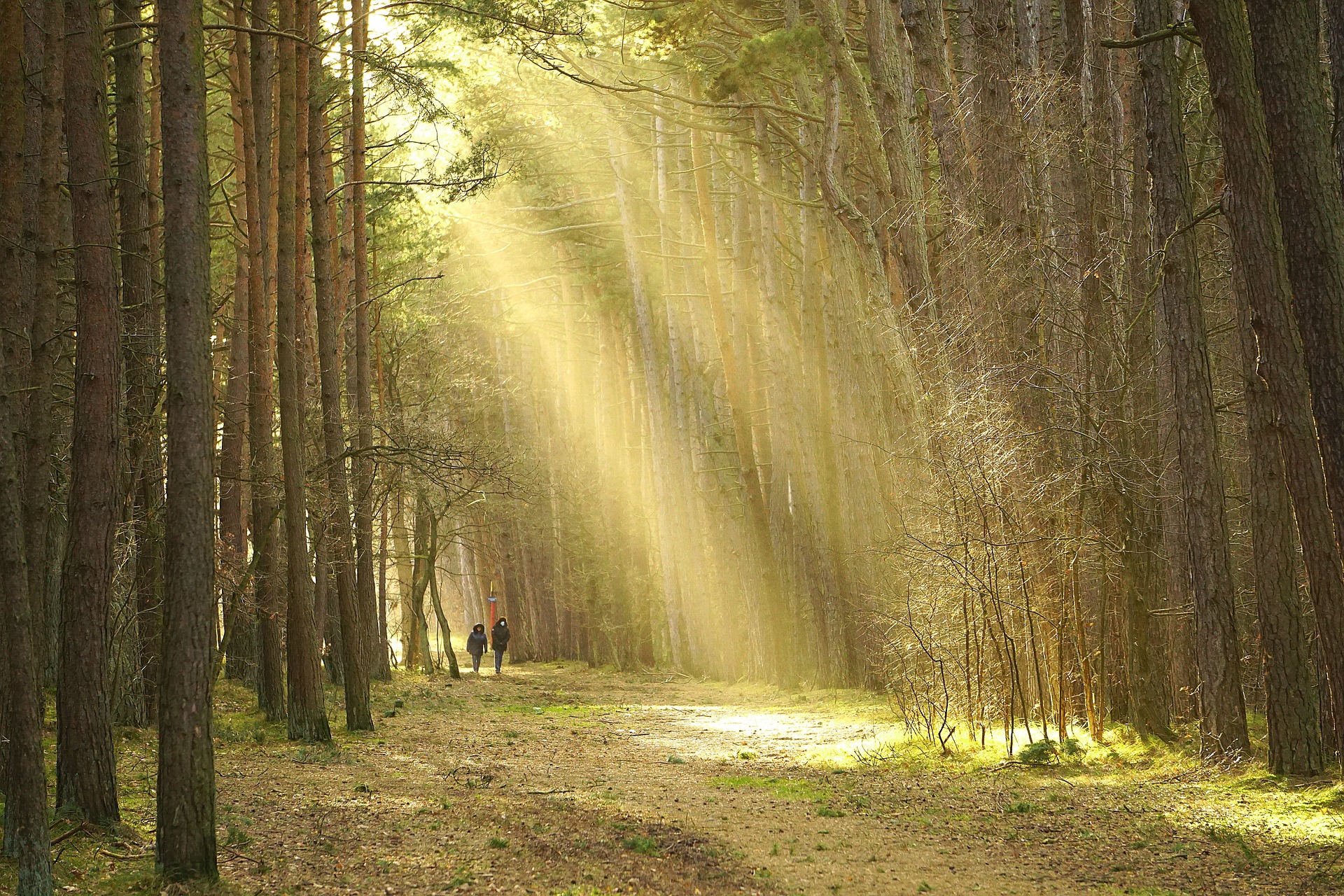
When we go back to nature not only for relaxation but also for finding food, we gain a fresh perspective and begin to understand that all these foods need certain conditions to properly grow. We see how plants succumb to the extremity of the drought and crinkle and plummet toward the dry floor.
Foraging can remind us that it’s the Earth that provides us the food we eat, and we are dependent on it. Learning about foraging can be one of the ways through which we get a closer look at our dependency on mother nature. Being conscious of this intimate dependency could potentially spark our own internal desire to do something about the current environmental crises. And just as Blossoms of Modernism wants to show: one part of the solution lies within our diet.
In this wasteland, you can die of thirst
Or drown in the lack of your own words
Swimmin’ with the sharks in your own bathtub
With money to burn
Wolves at your door, moon in the sky
Last in the food chain, get the lights
It’s gonna get dark in nature’s night club
If we never learn– Concrete Jungle by Au/Ra
References:
- Gilbank, Laura. (2022, February 25). COLUMBUSCAST: The rise of veganism and its impact on food supply chains. Columbus. https://www.columbusglobal.com/en-gb/blog/the-rise-of-veganism-and-its-impact-on-food-supply-chains
- Petter, Emmanuel. (2019, March 12). How rising veganism is changing the food market. The Boar. https://theboar.org/2019/03/rising-veganism-changing-food-market/
- Deuskar, Chandan. (2014, September 18). Have Humans Evolved to Manage Megacities? World Bank Blogs. https://blogs.worldbank.org/sustainablecities/have-humans-evolved-manage-megacities
- Fitzgerald, Sunny (2019, October 18). The secret to mindful travel? A walk in the woods. National Geographics. https://www.nationalgeographic.com/travel/article/forest-bathing-nature-walk-health
- Antonelli, M., Barbieri, G., & Donelli, D. (2019). Effects of forest bathing (shinrin-yoku) on levels of cortisol as a stress biomarker: a systematic review and meta-analysis. International journal of biometeorology, 63(8), 1117–1134. https://doi.org/10.1007/s00484-019-01717-x
- Qing, Li. (2019). Effets des forêts et des bains de forêt (shinrin-yoku) sur la santé humaine : une revue de la littérature [Effect of forest bathing (shinrin-yoku) on human health: A review of the literature]. Sante publique (Vandoeuvre-les-Nancy, France), S1(HS), 135–143. https://doi.org/10.3917/spub.190.0135.
Images from:
- https://pixabay.com/photos/mushroom-basket-mushrooms-forest-4994622/
- https://unsplash.com/es/fotos/WDz1GEt35UE
- https://pixabay.com/photos/beautiful-foot-boletus-mushroom-2586702/
- https://commons.wikimedia.org/wiki/File:Allium_ursinum_B%C3%A4rlauch_02.JPG
- https://pixabay.com/photos/forest-trees-sunlight-the-path-7179046/

